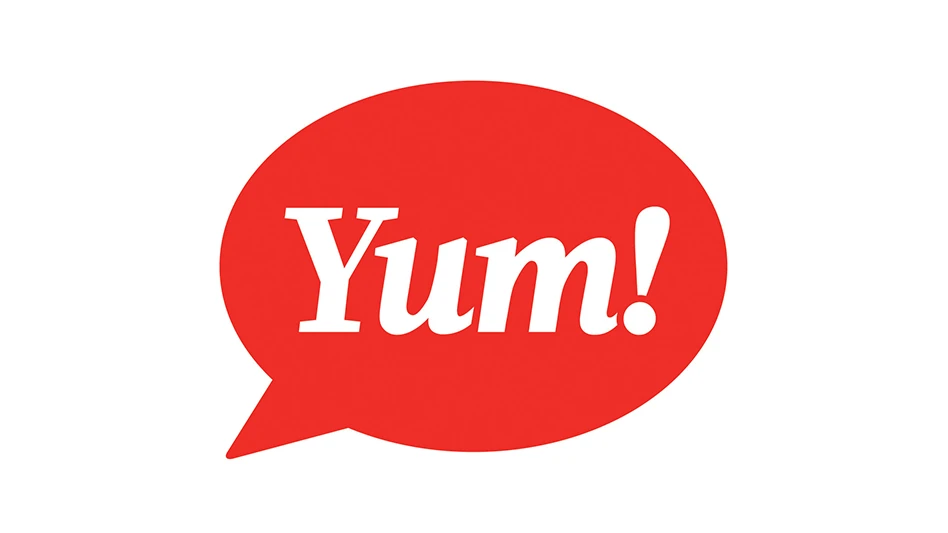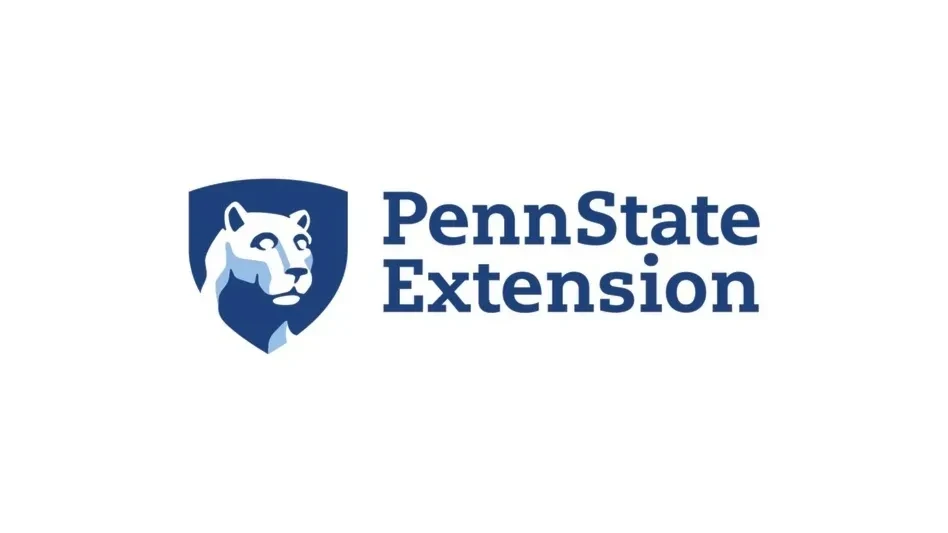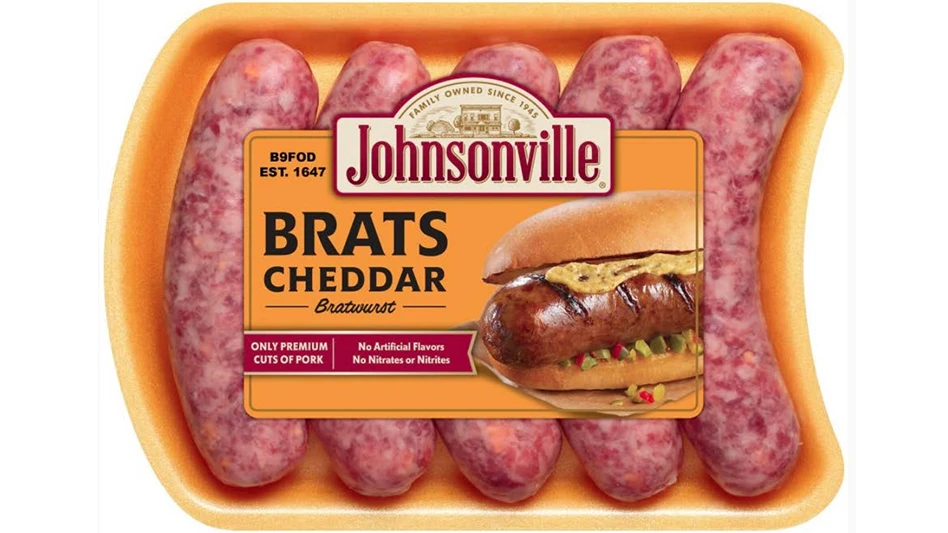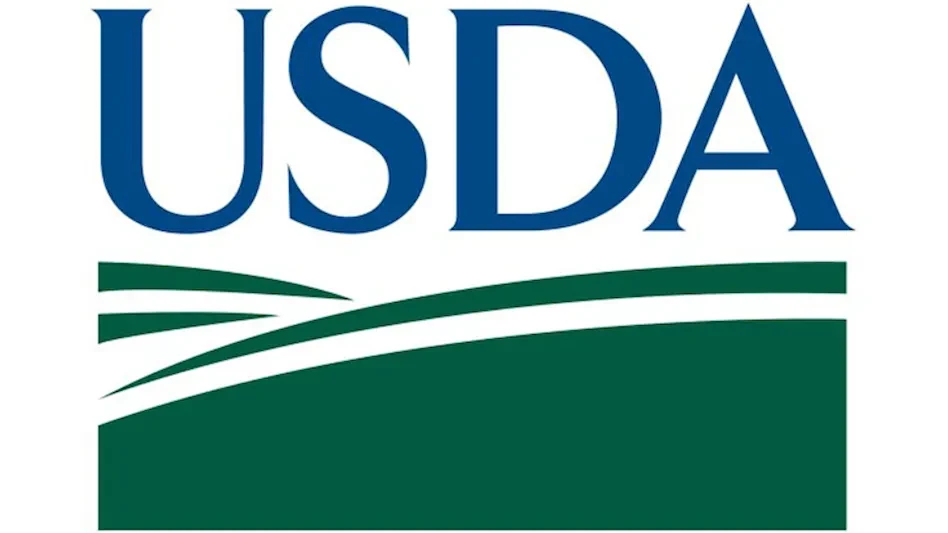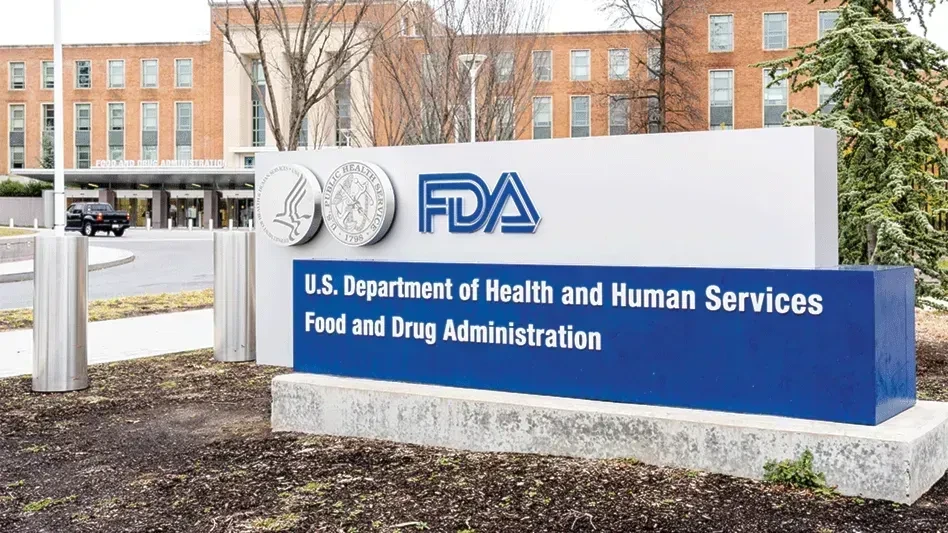
By LIsa Lupo
It’s nearly impossible to be outside in the summer and not see at least one ant. But if any of these ants get into the food facility, it can lead to a failure on a FDA inspection. QA asked five pest management experts five of the most common questions about ants in food plants.
1. WHAT ANTS ARE A PROBLEM IN FOOD FACILITIES?
There are more than 10,000 species of ants in the world and about 1,000 species found in North America, but there are only about 20 common pest species and even fewer that typically invade food plants.
Although ant species that are a threat to food processing facilities will vary by region and time of year, based on climate, a few species of concern, said Syngenta Technical Manager Chris Keefer, are the red imported fire ant (Solenopsis invicta), Argentine ant (Linepithema humile), odorous house ant (Tapinoma sessile), and pharaoh ant (Monomorium pharaonic).
“The most common species we find in the Midwest include pavement ants, odorous house ants and carpenter ants,” added McCloud Technical Director Patricia Hottel. “These can all be pests of food facilities.”
It can be difficult to identify specific “seasons” for many ants because the high temperatures of some food processing facilities can provide harborage for ants that seek shelter from cold weather, which enables indoor activity during the winter months, said BASF Pest Control Technical Services Representative Freder Medina. “But most ants will be active in the spring and summer months with another peak around fall when they are trying to store as much energy and food for the winter,” he said.
However, while there are ant species that will nest indoors and be active year round, most of the pest ant species found in food facilities invade from outdoors, and, thus, are more active when the weather warms. Because weather patterns and temperatures impact ants, the facility’s geographic location also will be a factor, with southern states more likely to experience pressure all year from exterior nests due to their favorable climates.
The species that venture into food facilities from the outdoors are described by Nisus Director of Technical Services Reid Ipser as predators that are looking for resources: water then food.
Although many ant species “hibernate” during cold months, even facilities in the northern states can have ant problems in the winter from species such as pavement ants which also can nest indoors. “It is not uncommon to find pavement ants coming up through the slab of a warehouse expansion joint and foraging for food,” Hottel said.

2. HOW DO THE ANTS GET INTO MY FOOD PROCESSING FACILITY?
Different species can enter in different ways. Pavement ants often come up through cracks in the floor; odorous house ants can be stealthier, but they also trail into structures though small gaps in doors and windows, Hottel said. Carpenter ants, on the other hand, will follow lines, including tree branches and wires to access buildings.
And once an individual ant worker finds food or water, it will lay a pheromone trail back to its nest to attract other workers and provide a path to the resource, Ipser explained. There really is no “set standards of intrusion access points” for ants, he added. They can enter through the “front door” or through cracks and crevices where they travel through the wall voids. Pheromone trails can be many yards long and can scale just about any obstacle, Ipser added.
But ants don’t only come in from outside, they also can be introduced to your plant on incoming shipments, on pallets or even with landscaping materials you plan to use on the exterior, Hottel said.
Ants enter structures primarily in search of food and water, and because they are so small, they can easily enter through any opening or perforation in the facility, even one as small as 1/64th of an inch, said Bayer Professional Pest Management Technical Service Lead Joe Barile. Examples of such entries include: spaces around doors, windows or docks; damaged exterior veneers; utility, product, or component entry systems including electrical conduits, plumbing lines, gas, oil, or fuel lines, pneumatic transport lines, and cable (coax, telephone, IT) lines; and drain or wastewater systems.
“Ants will routinely use above-ground access as high as the roofline, underground systems, and even tree and shrub branches that touch the building for access,” Barile explained.
3. HOW CAN I PREVENT AN ANT INVASION IN MY FACILITY?
Food facilities should have an integrated pest management plan in place that includes physical, mechanical, and chemical control techniques, with sanitation of the utmost importance. Other preventive measures should include:
- Maintain high levels of sanitation around waste areas such as dumpsters and compactors, especially under and around the system. This should include timely removal of waste both indoors and outside, and proper placement of dumpsters on the property.
- Ensure floors, walls, and other structural components are sealed. Routinely inspect windows, doors, docks, and utility openings for pest-proof seals.
- Cut back trees and vegetation away from the structure, and avoid the use of mulch and railroad ties in landscaping.
- Avoid landscaping plants which encourage honeydew-producing pests like aphids, as some ants will feed on the honeydew. Contracting for weed control around the plant also can reduce the presence of honeydew-producing insects which are attracted to the weeds for food and harborage.
- Control availability of edible product and waste from the outside edge of the building to a distance of 100 feet. Do not forget sanitation around loading/receiving docks and rail heads (especially that of employee-sourced trash).
- Maintain a high level of moisture control. Standing water and wet areas around the perimeter are attractive to and a sustainable resource for ants.
- Perform a thorough inspection of incoming goods to include a check for ants; reject infested shipments.
- Report any sightings of ants (and any other pests) to your pest management provider.
4. WHAT SHOULD A FOOD FACILITY EXPECT OF ITS PEST CONTROL PROVIDER FOR THE CONTROL AND PREVENTION OF ANTS?
Food facilities should expect the pest control technician to work with them to develop a comprehensive plan to help prevent ant problems in and around the structure, Keefer said. “With a plan in place, everyone knows their responsibilities.” Food plants also should expect quick response time from the pest management firm, he said.
The pest management plan should include thorough inspections, complete reports, and recommendations to help the food facility identify potential problems that can lead to pest infestations, Medina said. “PMPs should advise customers what steps will be needed to get rid of the problem, outline a control protocol for that structure/situation, and always set the right expectations.”

An inspection for ants also should be included as part of the PMP service. “A proactive inspection can help identify ant issues early before the pests become a threat to food,” Hottel said. “When found, their source and any contributing conditions should be documented.”
Barile agreed. “The most valuable contribution a pest control provider can make is regular diagnostic inspections to maintain high levels of site sanitation and pest-proofing,” he said. “This will be especially effective when observations are documented and reported to critical site personnel that can interpret and act to remedy conducive conditions as reported.
“Such ‘partnering’ will provide the most effective protection against these pests and reduce the need for pesticide applications,” he added.
When pesticide is needed, the PMP should always apply it properly per its label. “Most technicians that are skilled in food facility treatment take their time and are precise with their application,” Ipser said. They may use liquid baits to attract and draw ants away from processing machinery or perform spot-treatments on areas around entrances, wall-floor junctures, and machinery when food is not being processed. Any residue on machinery after application where food can and will be processed needs to be cleaned.
Food facilities also should be aware that some pest management providers will exclude from their contracts certain types of ants that require specialized control procedures (such as red imported fire ants), Hottel added. Thus, arrangements for additional service will be required.
5. WHAT ELSE DO FOOD PROCESSORS NEED TO KNOW ABOUT ANTS?
Following are a few final words of advice from each of the experts cited in this article:
- Ipser: Ants exhibit the paradigm of a social structure: they are very clever, articulate, and precise when communicating and gathering resources. If given an opportunity, they will investigate, then call on more workers to contain the resource. This behavior is not random, but it can be controlled. Proper sanitation lowers probability of discovery; proper disruption of communication trails prevents aggregation; and precise targeted treatment eliminates over-application of insecticides.
- Hottel: Some ants can sting and be a hazard to employees for that reason. They can contaminate food through their foraging behavior and their colonies can be very large with colony members recruiting multiple workers to a food source. Ants are the number one source of callbacks for many pest management professionals.
There have been multiple introductions of invasive ant species into the U.S. on shipments from other countries. These ants can cause havoc for people, native ant species, and native animals in general. This is another reason that detailed incoming goods inspections are important to prevent the introduction of invasive species into the processing plant and the U.S.
- Keefer: The food processing plant needs to be inspected for ants year round with management practices in place. Some species can invade a structure rather quickly. It is imperative to report any ant sightings to the pest management firm immediately.
- Medina: Be proactive. All ant species behave differently, and there is not a single answer for ant control. Many factors can affect the success of a treatment, such as time of year, species, food preference, surroundings, other ants, pesticide (active ingredient) selection, formulation selection, application method, climate events, pest control technician, company protocols, etc.
- Barile: Ants are social insects with complicated colony structures and behaviors. Ant activity cannot be ignored or de-prioritized. Killing foraging workers is not effective management. The goal for the facility, working in partnership with its pest management provider, is to attain colony elimination and/or resource management to keep ants outdoors in non-critical areas.
“Ant control is an ongoing battle, not a one-visit solution,” Medina said. “The success of the PMP also depends on customer cooperation and willingness to eliminate conducive conditions and sanitation problems.”
The author is Editor of QA. She can be reached at llupo@gie.net.

Explore the June 2017 Issue
Check out more from this issue and find your next story to read.
Latest from Quality Assurance & Food Safety
- Ferrero Group Invests $445 Million in Ontario Production Facility
- Nelson-Jameson Announces Grand Opening for Pennsylvania Distribution Center
- Taylor Farms Linked to Romaine E. coli Outbreak as Marler Clark Files Multiple Lawsuits Against Supplier
- IAFNS Announces Winners of Emerging Leader Awards for Food Safety, Nutrition
- FDA Shares Testing Results for PFAS in Bottled Water
- Provision Analytics Adds Food Safety Expert Jennifer Williams to Strategic Advisory Group
- Boston Sword & Tuna Protects Seafood Safety with Mettler-Toledo Metal Detectors
- IFT Releases New Resources to Aid Food and Beverage Industry in Sugar Reduction
